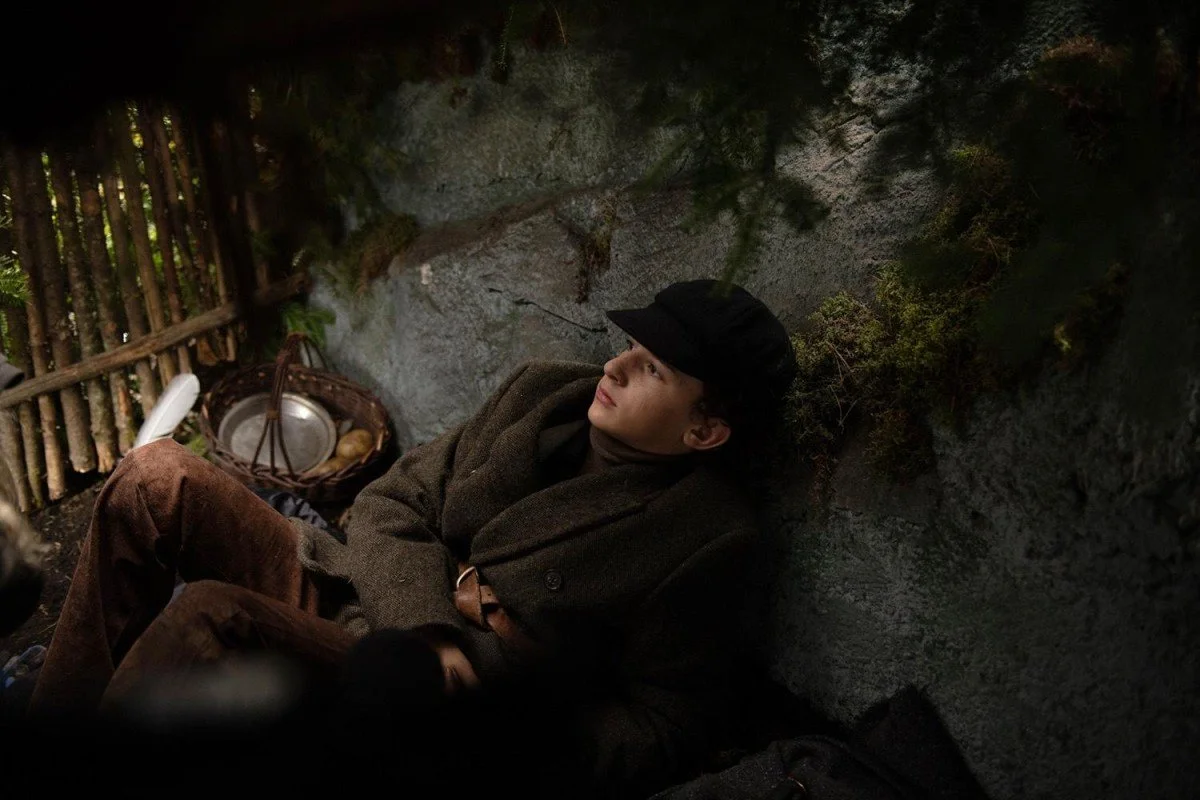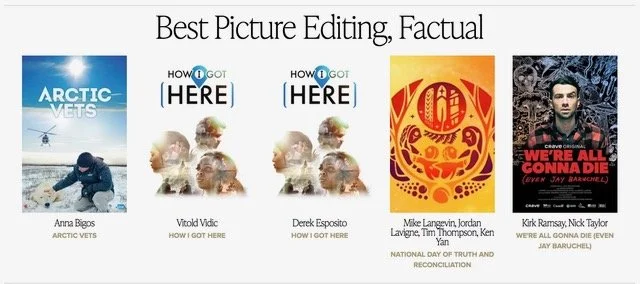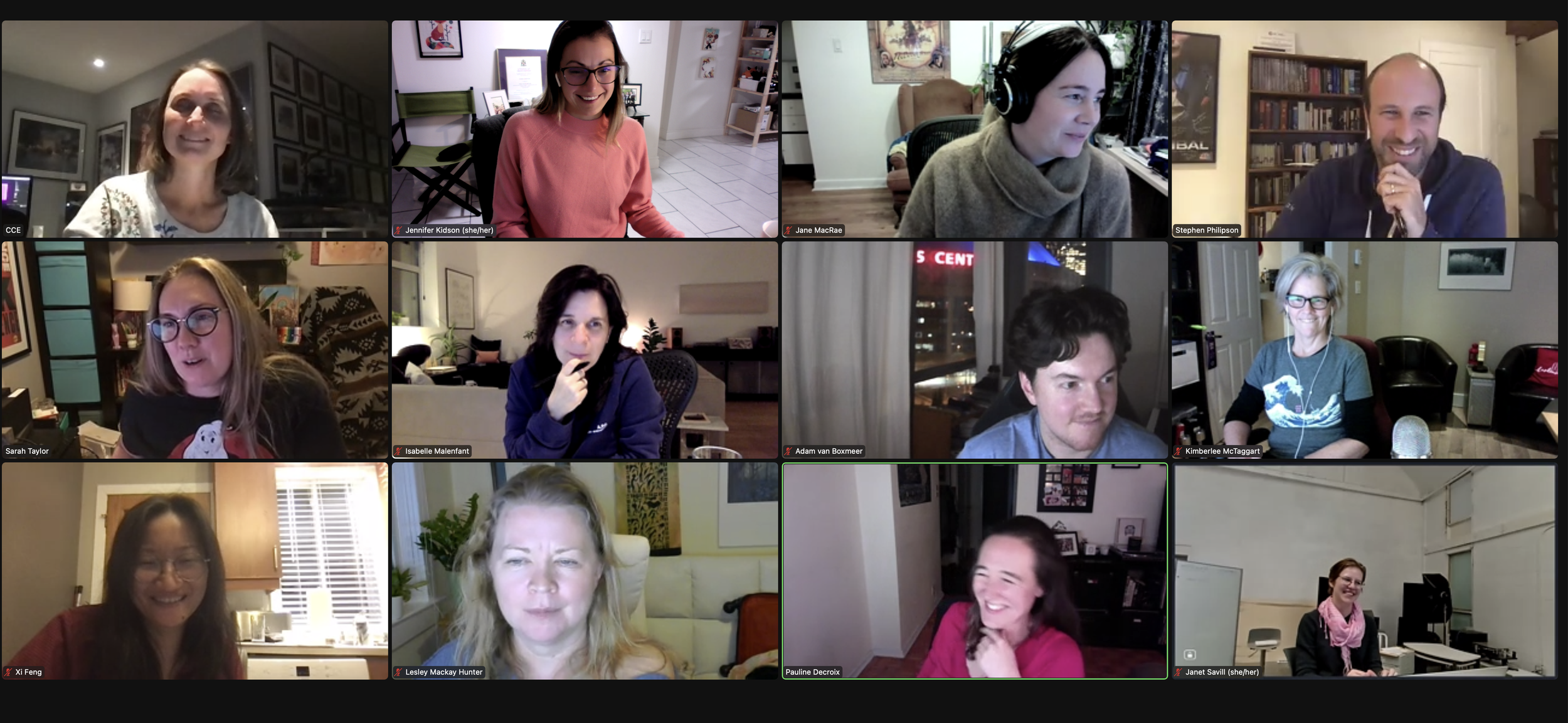Youtube web series, TV shows created and released for Netflix consumers, Canadians with the power to choose their own personalized TV bundle kit ... this is the dawn of a new age.
Toronto is one of many leaders in quality media creation in Canada. It is important for industry reps. to stay on top of the changing media landscapes. We have to not only process the information but question what the future holds: what do the new CRTC laws do for consumers? How is my TV and movie watching experienced changed with Netflix and Shomi?
AND: what does this ultimately mean for people working in Canadian TV?
The Globe and Mail says it very astutely:
The decision caters to consumers who have vented their frustrations to the Canadian Radio-television and Telecommunications Commission (CRTC), wondering why they had to pay for bundles of channels they don’t watch simply to get the ones they like. But greater choice could come with consequences: Some customers may pay more, a number of channels will likely die out and substantial revenue losses across the industry could mean job losses and less new content. - James Bradshaw, Media reporter
If you are unfamiliar with the current CRTC action, here is a good article that summarizes the new laws: clink here.
Not only will the industry suffer a loss of production, but TV networks are being forced to shift in a new direction: online video content production and distribution. This is, without a doubt, the most ideal distribution for consumers. They will eventually have all their favourite shows just a click away. For Netflix, the viewers will have access to the show in its entirety. No TV broadcast release date will precede a Netflix original series. OKAY. How does a network assess a shows popularity then? How do they keep their fans happy? You can binge watch an entire show and forget it after a week. How are producers going to address this concerning factor?
Youtube web series still use a weekly release date model for each episode. Episodes are compressed to five minutes or less (give or take). They are generally, thus far, orchestrated for the millennial generation, what we may call the generation with an attention span of three seconds. Being used to watching 30 minute and hour long episodes, it was rather jolting to watch a show unhold in four minute segments.
Let's take a look at two key examples that are fresh off the internet press: Unbreakable Kimmy Schmidt (Netflix production and distributor) and Carmilla (a Smokebomb Entertainment production and Vervegirl TV, distributor, Youtube) to begin to answer these questions.
KIMMY SCHMIDT
Kimmy Schmidt follows a line of successful Netflix-original series: House of Cards and Orange is the New Black. Both highly watched shows set the bar high for future productions. Kimmy Schmidt is a story about a woman who was trapped for 15 years in a bunker and resurfaces into modern day New York. From this perspective, she has to rehabilitate herself back into the world. The perspective taken is one of an outsider looking in on what we might consider "normal" behaviour. There is nothing normal about this show. It borders on slapstick humour and uses a referential system to see how well we consumers have been paying attention over the last fifteen years (HASHBROWN no filter).
The intro is a good example of this referential phenomenon. Five year s ago, a unique Youtube video went viral. Someone posted an edited news story and added a beat with auto tune. We also see this in Kimmy Schmidt: clink here for Kimmy Schmidt original news story.
Auto-tuned Kimmy Schmidt full intro
Antoine Youtube news story with remix song
The originals feature two similar outspoken characters whose concerns for their community become swallowed in a pop-culture-catchy beat. The strength and intelligence in Kimmy Schmidt is not only in its use of popular media tropes, but how it chooses to comment on them. The intro song, when understood in its full context, is complete gibberish. What is unbreakable? Bankston's sunglasses. The song, if written out, has sense, but the words are pulled out of context to create new contextual meaning. As such, we can begin to see how the show will recycle, subvert, and comment on 'normal' behaviour by reinventing itself through the eyes of the protagonist:
"Hey Titus. Apparently dancing is about butts now" - Kimmy
CARMILLA
A channel on Youtube called Vervegirl TV released its highly anticipated webseries in August 2014 called Carmilla. Based off of Le Fanu's gothic-vampire novella, Smokebomb entertainment, Shift2, and Kotex paired together to create a thirty six episode story. Each episode was released on a weekly basis. The series depicted the struggle of a freshman who encounters weird and unexplainable events in her university. Her inner journalist takes over, and she leads a team of dedicated friends to defeat a vampire cult. Oh yea, did I mention that it also explores sexually diverse characters? Cool and refreshing!
Carmilla | Episode 1 | Disorientation | Laura Hollis is three weeks into her first semester at Sillas University, and things have gotten off to a weird start...
Carmilla | Episode 36 | Life Goes On | Laura turns the camera on one last time to share how she feels about the events that just unfolded at Silas...
There are two ways to experience this transmedia production: progressing through episode by episode each weekly release or spending two hours binge watching it. I was the latter...
The former uses transmedia as a way to tell the story, shifting our experience entirely. The genesis of this experiential form may have developed from consumer's desire to know more about what happens off screen.
Incorporating the U by Kotex® “Save the Undies” campaign, Carmilla also includes transmedia extensions engaging millennial audiences, including character Twitter and Tumblr feeds that extend the story world between episodes, and U by Kotex® integration vlogs featuring the two lead Carmilla characters debating such questions as whether vampires get their periods. - Carmilla article on Shaftesbury
Does this inevitably make us, as consumers, more invested in a show? Perhaps... Likely because we can see and hear and read about a character on multiple platforms.
ADVERTISING ONLINE
One source of revenue for TV stations is advertising. How will the advertising landscape change? Will brands that are incorporated into the videos appear more targeted based on the media being shown?
Smokebomb, Shift2, and U by Kotex came up with one solution: product placement. The characters in Carmilla appear in additional media videos discussing issues related to the show. The issues creatively include and endorse a product: Kotex female hygiene products. How does a teen show about vampires endorse tampons? WELL. One mini episode, actually rather humorous, asks, "do vampires get their periods?" Carmilla states, "yes, I have had 4,000 of them." I did a quick tally on their channel and noticed most ad videos were pushing 28K views. This form of advertising is watched at the discretion of the consumer. And more than 28K consumers chose to click those links. Clearly an effective approach, as Vervegirl TV continues this tradition with its recent series release MsLabelled. Clink here to read more.
SUMMARY
The landscape is changing. What can we expect in the future? More online content. An increase in internet costs. More commercials and brands appearing alongside our favourite shows. Shifts in the workforce for Canadian production... etc.
What we need to ask ourselves now, as the gears shift, is where we stand and how we will fit in.
- Jenn







